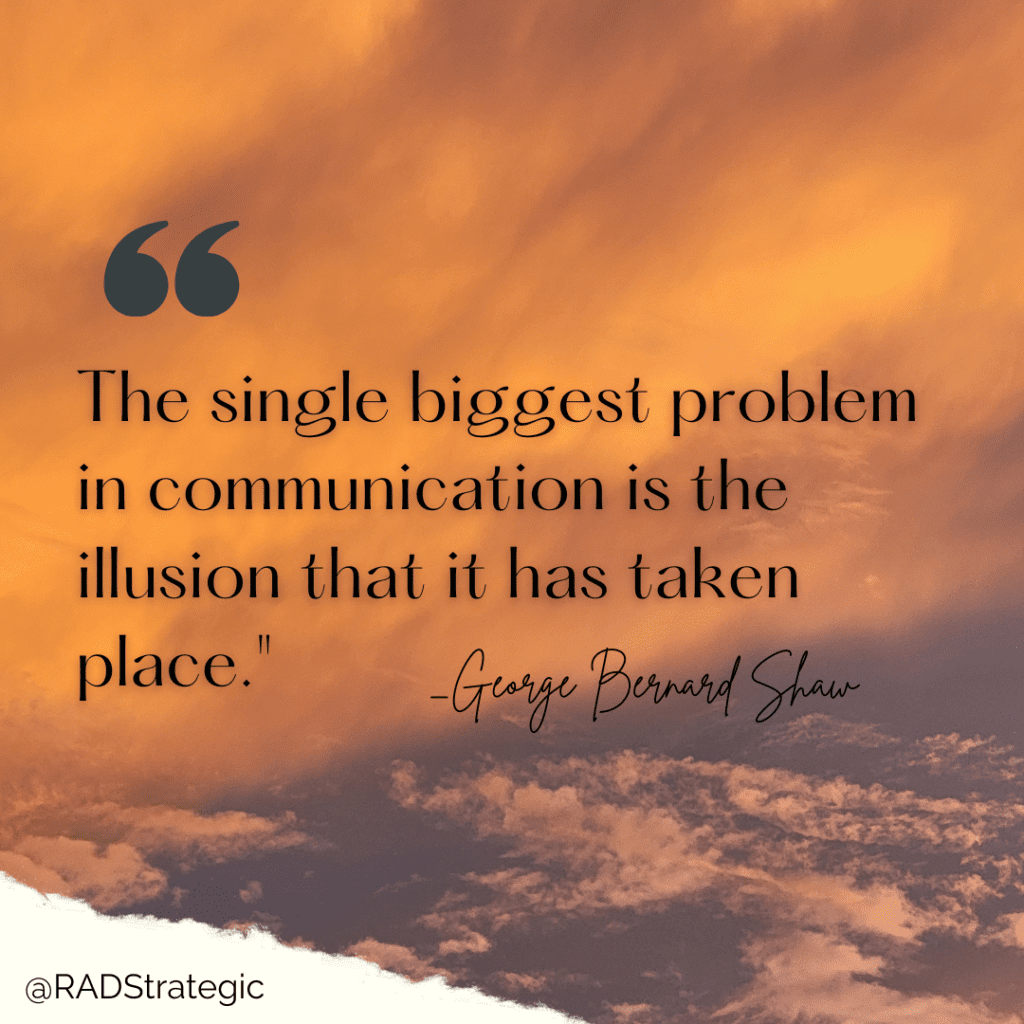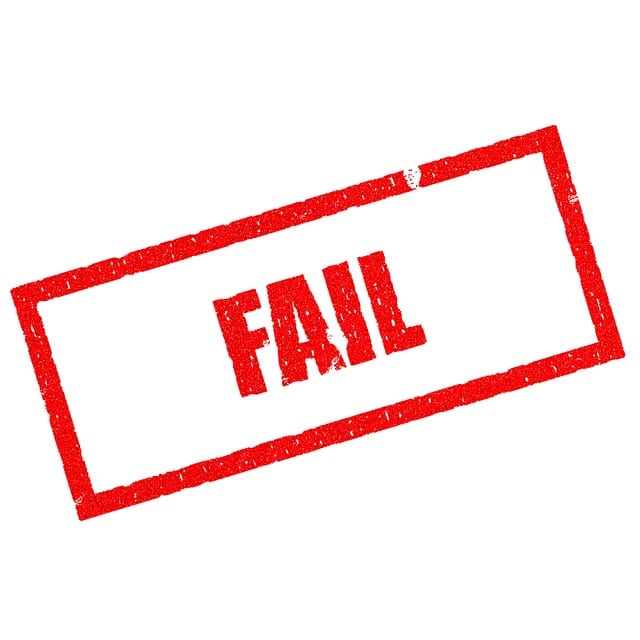It seems that in today’s fast-paced world, we constantly need to communicate in new and innovative ways. As I write these words, we have faced a pandemic, with millions of people adapting to remote work and figuring out how to collaborate effectively from separate locations. But you know what? This isn’t the first time we’ve had to navigate such challenges. Believe it or not, throughout the past 50 years, there have been numerous technological advancements that have revolutionized the way we communicate – from computers and fax machines to email, conference lines, PDAs, video calling, and now, masks. It’s safe to say that the communication landscape has undergone radical transformations in the past few decades.
While these technological marvels have provided us with fantastic tools for virtual communication and remote work, none of them can truly replicate the experience of face-to-face interaction. After all, when we engage in a conversation with someone, it’s not just the words we use that convey meaning. Our tone and body language play a significant role in effective communication. Unfortunately, in written communication like emails, we’re limited to expressing ourselves through words alone. This calls for choosing our words wisely and considering how different recipients may interpret them. On the other hand, verbal communication, such as phone calls or conference calls, allows for both tone and words, but we mustn’t forget that half of our communication conveys through body language. Body language encompasses facial expressions and posture, so video conferencing tools like Zoom have become invaluable in overcoming some of these challenges.

However, effective communication isn’t solely dependent on the tools we use; it also relies on the recipient. We all process information differently, and it’s crucial to bear that in mind when giving instructions or conveying messages. The way we communicate reflects in the response we receive, and it’s essential to recognize that when others are trying to fulfill our requests, they aim to please us. Therefore, if the outcome doesn’t meet our expectations, we should consider that the breakdown might lie in the communication itself. It’s incredible how three people can interpret the same instruction in three entirely different ways. I won’t even get started on my husband attempting to follow a baking recipe!
When the results of our communication fall short, it’s time to reassess and adapt our approach. In the absence of face-to-face contact, it becomes crucial to check in more frequently. Don’t be afraid to reach out and ask for or provide updates. Confirm priorities, deadlines, and expectations with your fellow team members. Embrace technology in all its diverse forms to stay connected with people and foster effective communication. And never underestimate the power of seeking feedback. If the instructions you give don’t yield the desired results, it’s time to rewrite them! Don’t let a communication breakdown happen to you.
Here are three simple tips to keep in mind as you navigate the realm of communication:
- If they don’t respond at first, try reaching out via a different channel. Sometimes, a quick phone call or a well-crafted email can make all the difference.
- Avoid repeating the same instruction verbatim if the outcome isn’t what you desired. Instead, rephrase it. Try approaching the topic differently or providing more context to ensure clarity.
- Consider using a tool like DISC to better understand different communication styles and how to adapt to them. Want to learn more about your own style? Visit [insert link here] to take a DISC assessment and receive a comprehensive report, including your style and how to communicate with others.
Remember, effective communication is a continuous learning, adapting, and refining process. By embracing new technologies, understanding different communication styles, and remaining open to feedback, you’ll be well on your way to overcoming any communication hurdles that come your way. So, go forth and conquer the world of communication. Break down those barriers, bridge those gaps, and make connections that transcend distance and circumstances. Communication breakdown? Not on your watch!






